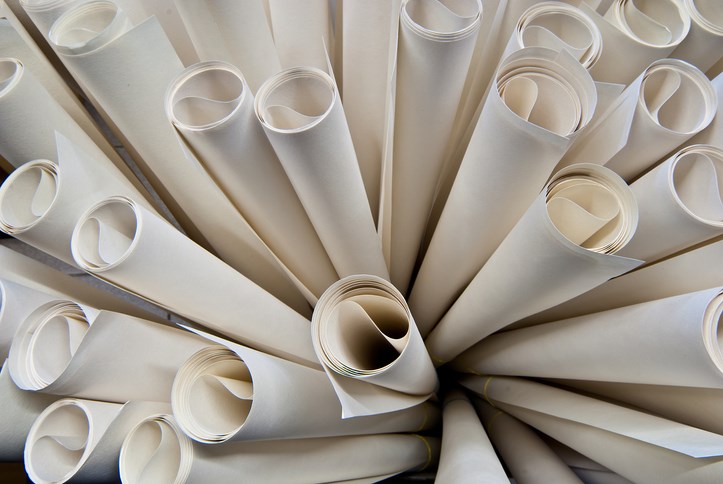For better or worse, print is pretty permanent.
I remember the first time my name was published in the newspaper. I was in Gr. 6 and the Science Olymics team I was a part of won first place at a competition held at the former Shaw Conference Centre in Edmonton. I still have the news clipping folded in a memory box safely tucked away.
The second time my name was published in print it was underneath a photo featuring the dance team I was part of. Even though only the top part of my head could be seen, it was official – I was a part of that team... even if my name was misspelled. A common occurrence when your name is spelled with a z instead of the typical s.
But that is the hard truth about print, it’s permanent, typos and all.
The permanence and inability to make corrections after the fact makes the stakes higher when publishing in print, it makes accuracy a necessity. Although it must be said, reporters sometimes still do make mistakes despite their best efforts.
But there are benefits to print – it is tangible. News stories and photos can be clipped, placed in special boxes or placed delicately on scrapbook pages, they can be stored indefinitely on bookshelves or filing cabinets.
You will never open a newspaper and see, “This link may no longer exist.”
It’s real, it's there and it can be read over and over without draining any battery.
What some people may not realize is that most, if not all newspaper outlets, archive each edition ever published.
At the Bonnyville Nouvelle we have a guest who regularly visits, reads, and reviews local news that was published and archived over 40 years ago.
The nuances and history of a community can be found not only in news articles written long ago, but also in the attention-grabbing advertisements placed by local businesses over the years.
And while I recognize the importance of going paper-free, when possible, I think some things should not disappear or be erased.
For readers needing a little inspiration for what you can do with a newspaper once you have read it, I have some ideas.
Conspiracy project: If you are bored and want to add some suspense and intrigue to your life you can cut out random news articles and advertisements and arrange them on a bulletin board. Then take red string and connect the stories in a manner that makes your conspiracy most feasible. For an added effect you can collect small items in Ziploc bags – aka “hard evidence” – that can also be pinned to your board.
Papier Mache project: What ever happened to making sculptures with papier mache? With simple ingredients such as flour, water, salt, old newspapers and the occasional balloon, so much art is just waiting to be created.
The paper pirate project: With a little bit of imagination an old newspaper can be folded into hats and a long paper monocular can be rolled up to see any pirate booty that may be lurking over the horizon. A paper eyepatch can also be fashioned with a little bit of string.
Gardening project: For news readers that enjoy their time in the garden. Old newspapers can have so many practical purposes in the garden. Shredded newspapers can be great for balancing compost. The dry “brown” carbon-based paper helps to offset “green” matter and kitchen scraps thrown into a compost heap in the garden. Newspaper can also be laid down in between rows of plants to deter weed growth. At the end of the season the paper can rototilled back into the garden.



